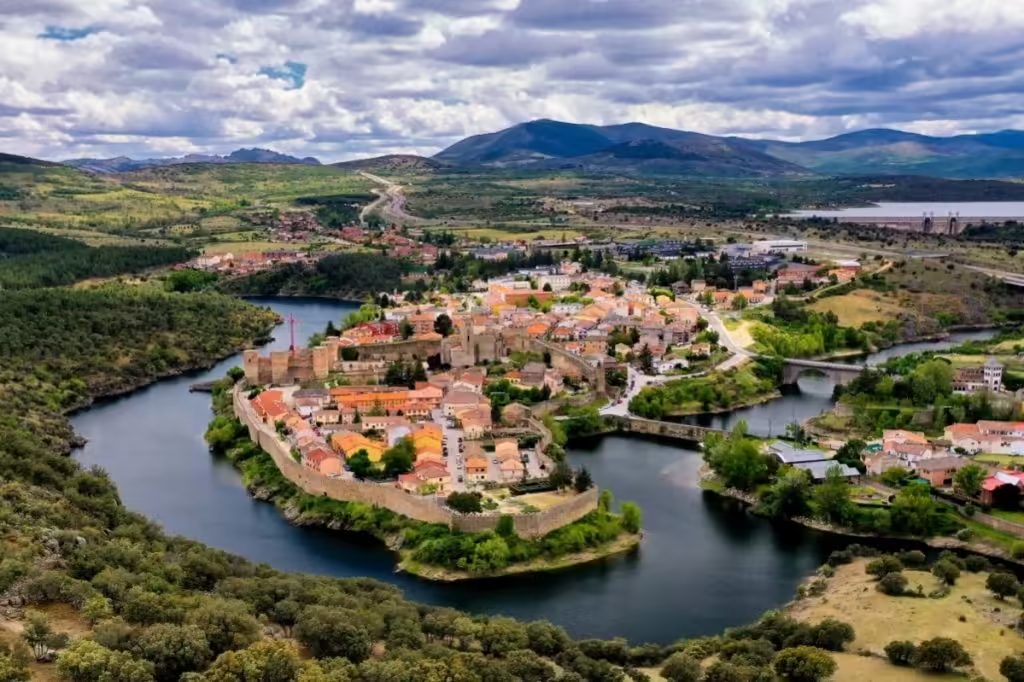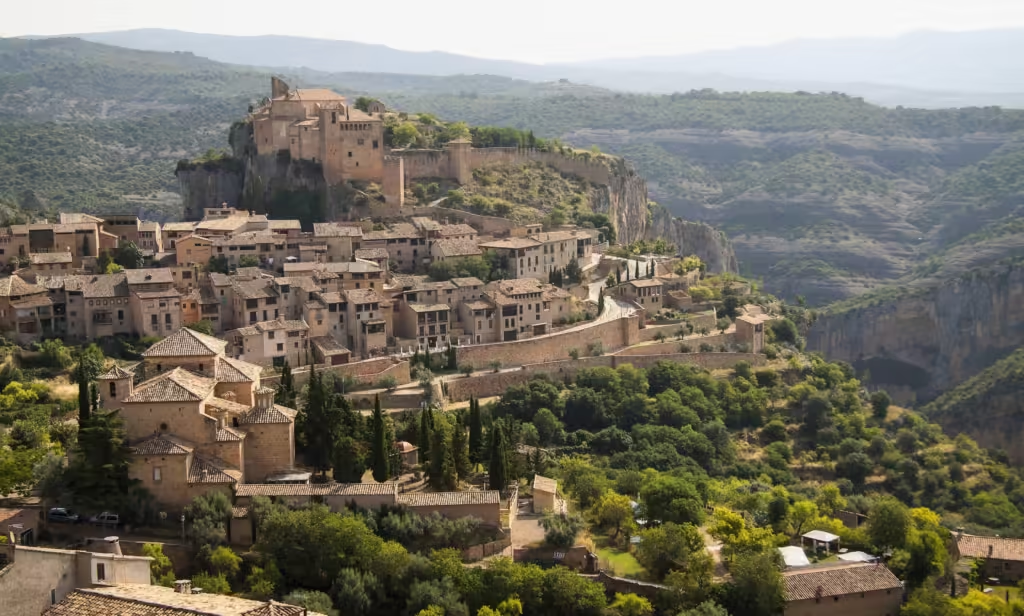The Royal Alcázar of Seville (Real Alcázar de Sevilla) is one of Spain’s most iconic landmarks. This UNESCO World Heritage Site is a masterpiece of Moorish and Mudéjar architecture, located in the heart of Seville, Andalusia.
As the oldest royal palace still in use in Europe, the Alcázar is both a living monument and a historical treasure. From kings and queens to film crews from Game of Thrones, the Alcázar continues to captivate all who enter its ornate gates.

History of the Royal Alcázar
The origins of the Alcázar date back to the 10th century, when it was constructed as a Moorish fortress. Over time, the palace evolved through several reigns:
- In the 11th century, it was expanded by the Abbadid dynasty.
- The Almohads further developed it in the 12th century.
- After the Christian reconquest in 1248, King Pedro I built the Palace of Peter I, blending Islamic art with Gothic and Renaissance influences.
This rich layering of styles makes the Alcázar a perfect example of Spain’s complex cultural history.
Architectural Highlights: A Fusion of Styles
The Alcázar is admired for its extraordinary architectural diversity, combining:
- Islamic motifs like horseshoe arches, geometric tilework, and intricate stucco carvings.
- Gothic elements in later Christian sections of the palace.
- Renaissance and Baroque touches added during the 16th and 17th centuries.
Top Features to See:
Patio de las Doncellas (Courtyard of the Maidens):
A stunning central courtyard with reflective pools and horseshoe arches.Salón de Embajadores (Hall of Ambassadors):
The palace’s grand throne room with a gilded domed ceiling and elaborate tile mosaics.Palacio Gótico (Gothic Palace):
Featuring vaulted ceilings and rich tapestries from later periods.
The Gardens of the Alcázar: A Peaceful Paradise
Beyond the opulent rooms, the Royal Gardens offer a serene escape. These lush, landscaped gardens are filled with:
- Palm trees, orange groves, and bougainvillea
- Fountains and reflecting pools
- Sculptures, pavilions, and shaded walkways
The garden design reflects Islamic, Renaissance, and Romantic styles, offering perfect photo opportunities and peaceful moments for visitors.
Cultural Significance and UNESCO Recognition
In 1987, the Royal Alcázar was declared a UNESCO World Heritage Site, along with Seville Cathedral and the Archivo de Indias. It continues to serve as the official residence of the Spanish royal family during visits to Seville.
The Alcázar’s cultural importance lies not just in its beauty, but in its symbolism as a meeting point of civilizations — Islamic, Christian, and Jewish — that shaped Andalusia.
Tips for Visiting the Royal Alcázar of Seville
Opening Hours
- Open daily (except major holidays)
- Winter: 9:30 AM – 5:00 PM
- Summer: 9:30 AM – 7:00 PM
Tickets
- General admission starts from €13.50
- Book online in advance to avoid long lines
- Free entry on Mondays (limited slots)
Guided Tours
To fully appreciate the Alcázar’s rich history, consider a guided tour. Many guides offer insights into the architecture, royal stories, and hidden gems.
Location
- Address: Patio de Banderas, s/n, 41004 Sevilla, Spain
- Easily accessible by foot from Seville Cathedral or Barrio Santa Cruz
Famous Film Location
The Royal Alcázar has appeared in several films and TV shows. Most famously, it was used as the Water Gardens of Dorne in Game of Thrones. Its unique architecture and lush gardens made it the perfect backdrop for fantasy and historical productions.
Frequently Asked Questions
Is the Royal Alcázar of Seville worth visiting?
Absolutely! It’s one of the most beautiful and historically significant sites in Spain.
How much time do I need to visit the Alcázar?
Plan to spend at least 2–3 hours to explore the palace and gardens at a relaxed pace.
Is the Alcázar wheelchair accessible?
Yes, the site has accessible entrances and adapted routes, although some areas may be difficult due to historic architecture.
Can I take photos inside?
Yes, non-flash photography is allowed in most areas.
Conclusion
The Royal Alcázar of Seville is more than just a palace — it’s a living museum, a cultural icon, and a testament to the city’s rich past. Whether you’re passionate about history, architecture, or just looking for an unforgettable travel experience, the Alcázar will exceed your expectations.
Make sure to add this must-see landmark in Seville to your Spain itinerary. It’s a visual and historical feast that you’ll remember forever.

